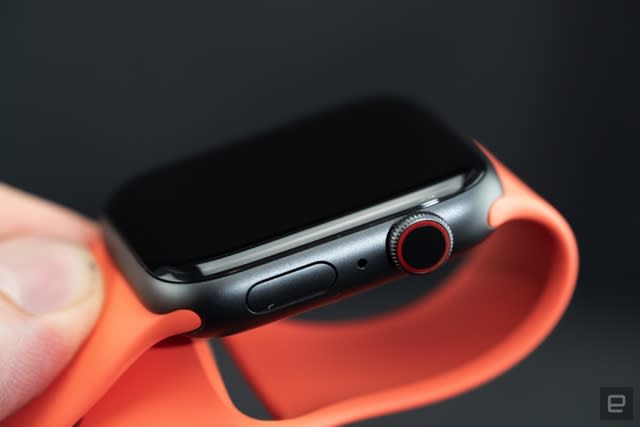The Morning After: A very early hands-on with Google's Pixel 3 XL
The early bird...
Good morning! We got early hands-on time with Google's Pixel 3 XL, heard even more about Google's other incoming devices and reach the limits of interstellar space.
Google Pixel 3 XL hands-on in Hong Kong -- three days early
We're not sure there's ever been a phone quite as leaky as the Pixel 3 XL. But Engadget's Richard Lai went one better, spotting the new phone on sale (already!) in Hong Kong and giving it an early look-over. With a big ole notch, this Pixel 3 XL is apparently powered by Qualcomm's flagship Snapdragon 845 chipset, but oddly enough, it only has 4GB of RAM. The 6.3-inch screen has a resolution of 2,960 by 1,440 and the phone comes boxed with all the requisite chargers, dongles and cables. The retailer, WahPhone Digital, which is actually offering this fully boxed device for a mere HK$15,880 or around US$2,030. Being first ain't cheap.
Apple Watch daylight-saving bug leaves Series 4 devices in a loop
Some Australian Apple Watch Series 4 owners have reported that their devices are stuck in reboot loops after the country switched to daylight-savings time this weekend. Apparently, the Activity complication on the Series 4's Infograph Modular face doesn't know how to handle a day that's an hour short -- so long as that complication is active, the smartwatch crashes and restarts until it runs out of power. Some users have had success changing the face through the Watch app on the iPhone, but the only surefire solution may be to wait until the shortened day is over.

Sign up for a daily newsletter of the most important stories in tech.
Voyager 2 probe may be on the edge of interstellar space
NASA's Voyager 2 probe may be close to joining its sibling and entering interstellar space. The vessel has been detecting a five percent increase in cosmic rays since late August, suggesting that it's close to crossing the heliopause (the edge of the solar wind bubble, aka the heliosphere) and entering the interstellar realm. It'll be just the second human-built object to have entered interstellar space. Future beyond-the-Solar-System missions may not take place for a very long time, so you'll probably want to savor this moment while it lasts.
But wait, there's more...
UK artist Banksy uses hidden shredder to destroy his art after auction.
Honda's smart intersection tells drivers what's around the corner
Apple told Congress it found no evidence of server tampering
The Morning After is a new daily newsletter from Engadget designed to help you fight off FOMO. Who knows what you'll miss if you don't Subscribe.
Craving even more? Like us on Facebook or Follow us on Twitter.
Have a suggestion on how we can improve The Morning After? Send us a note.














